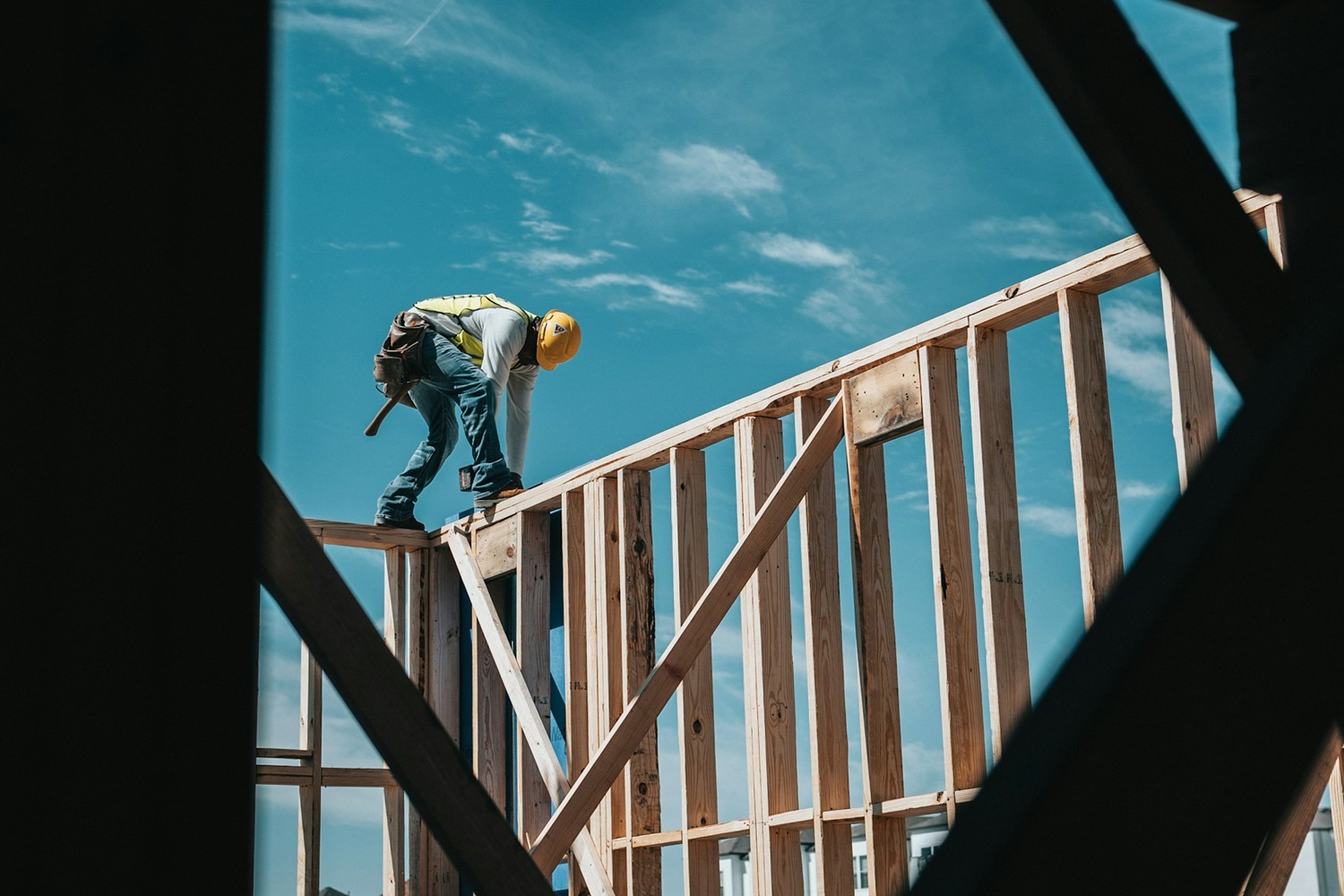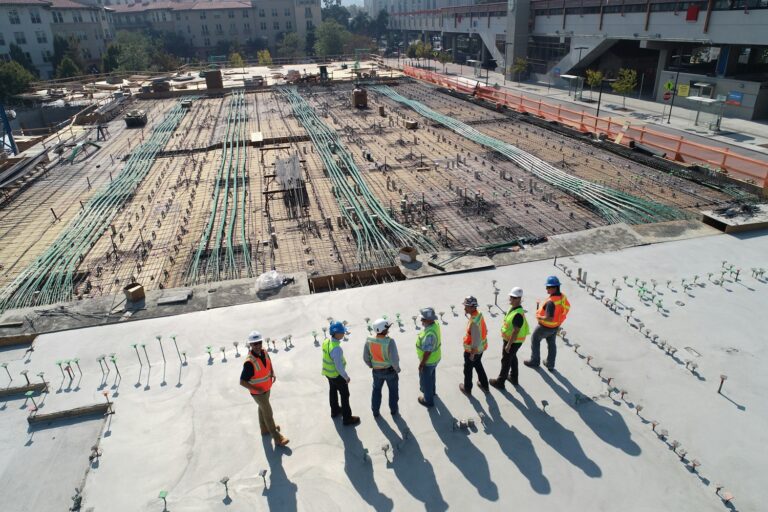Construction is one of the most heavily regulated industries in the UK. And with good reason. The sector carries significant risks to health, safety and the environment. To manage these risks effectively, employers and contractors are legally required to carry out regular risk assessments.
Understanding what risk assessments involve and how to implement them properly is essential for compliance, worker safety and avoiding legal penalties.
This article explains why risk assessments matter in construction, what the law requires and how specialist legal support can help ensure your business meets its obligations.
Why risk assessments matter
Every construction project, large or small, comes with potential risks, including working at height, operating machinery and exposure to hazardous materials. A risk assessment identifies these hazards, evaluates the level of risk and sets out measures to eliminate or control them.
Effective risk management is not just about meeting legal requirements. It protects workers, reduces downtime, prevents accidents and enhances the overall reputation of your business.
The legal framework
Risk assessments are a legal requirement under several UK laws, most notably:
- The Health and Safety at Work etc. Act 1974
- The Management of Health and Safety at Work Regulations 1999
- The Construction (Design and Management) Regulations 2015 (CDM Regulations)
These laws place a duty on employers, contractors and project managers to ensure the health and safety of anyone affected by their work. Under the CDM Regulations, all construction projects must have suitable arrangements in place to manage risks from start to finish.
Failure to comply can lead to prosecution by the Health and Safety Executive (HSE), fines, imprisonment and reputational damage.
What a construction risk assessment involves
A construction risk assessment typically follows five key steps:
1. Identify hazards
List all potential hazards related to the project. These might include falling objects, unstable structures, electrical systems, machinery, noise, dust, chemicals and manual handling tasks.
2. Assess who may be harmed and how
Consider not only workers but also visitors, contractors and the public. Identify how each hazard could cause harm, such as injury, illness or long-term health problems.
3. Evaluate risks and control measures
Determine the likelihood and severity of harm occurring. Implement control measures such as protective equipment, training, signage or restricted access.
4. Record findings
Document the assessment clearly. This record should include the identified hazards, the level of risk, control measures and who is responsible for managing them.
5. Review and update regularly
Risk assessments are living documents that must be reviewed and updated as the project progresses or if conditions change, such as new equipment or subcontractors joining the site.
The role of duty holders under the CDM Regulations
The CDM Regulations identify specific duty holders responsible for risk management throughout a project:
- Clients: Ensure arrangements for managing health and safety are in place before work begins.
- Principal designers: Plan, manage and coordinate the pre-construction phase, identifying and eliminating risks.
- Principal contractors: Oversee the construction phase and ensure that site-specific risks are managed effectively.
- Workers: Follow safety instructions and report any hazards immediately.
Each duty holder must cooperate with others and share information to maintain a safe working environment.
Common mistakes in construction risk management
Many compliance failures arise from inadequate or incomplete risk assessments. Common mistakes include:
- Using generic assessments that ignore site-specific hazards
- Failing to update assessments as work progresses
- Poor communication between contractors and subcontractors
- Not keeping records of safety measures and reviews
- Underestimating environmental risks such as waste disposal or noise pollution
Such oversights can lead to accidents, project delays, HSE investigations and substantial fines.
Related reading: Liquidated Damages vs Penalties in Construction Projects
Benefits of proper risk management
Investing time in thorough risk assessments has long-term benefits for both safety and business performance. These include:
- Fewer accidents and injuries on site
- Greater productivity and workforce morale
- Reduced insurance premiums and claims
- Better compliance with legal requirements
- Stronger reputation for professionalism and safety
Ultimately, effective risk management supports both compliance and commercial success.
The importance of legal support
Managing compliance in construction requires more than just ticking boxes. Regulations evolve and even well-intentioned employers can face penalties if procedures fall short. Specialist solicitors can provide guidance on:
- Understanding your legal obligations under the CDM Regulations
- Reviewing and drafting safety policies and documentation
- Responding to HSE investigations or enforcement notices
- Managing liability if an accident occurs on site
With professional advice, construction companies can operate confidently knowing their safety systems meet legal standards.
Protecting your business and workforce
Risk assessments are a cornerstone of construction safety and compliance. By identifying hazards early and taking practical steps to control them, businesses protect not only their workers but also their long-term reputation.
Please note that this article is solely for informational purposes. It’s not a substitute for legal advice. We encourage readers to contact Osbourne Pinner for case-specific guidance.
For expert advice on construction compliance, risk management and health and safety obligations, speak to our commercial and regulatory law team. We can guide you through the legal framework, helping you prevent costly disputes and maintain full compliance.
Need a free 30-minute consultation to understand your options? You can talk to us online or in-person at our Harrow, Canary Wharf, Piccadilly Circus and Manchester offices. Book your session by calling 0203 983 5080, emailing [email protected] or filling out the form below.




